6 Reasons Why You Should Avoid Farm Raised Fish
Aquaculture.
The name itself may conjure an image of a pristine pond, fed by a crystal clear spring. But names can be deceiving. In fact, aquaculture – the name we’ve given to the industry that produces farm raised fish – produces some of the most contaminated fish on earth.
Consider these facts:
- Farmed salmon contain 10 times more carcinogenic toxins (PCBs, dioxin, etc.) than wild salmon, according to a study published in the journal Science.
- Eating more than one meal of farmed salmon per month contains enough PCBs to raise cancer risk.
- Farmed fish are administered more antibiotics by weight than any other livestock.
- Seven out of 10 pieces of farmed fish tested had concentrations of cancer-causing PCBs high enough to trigger health warnings from the U.S. Environmental Protection Agency.
And get this: Farm raised fish accounts for 80% of the fish consumed in the US.
In this article, you will discover the hidden ingredients in a typical farm-raised fish dinner and learn why most farm-raised fish is filled with contaminants. Then you will discover just how easy and inexpensive it can be to savor your seafood… safely and sustainably!
You may like to read:
Farm Raised Fish: Seafood from a Cesspool
Commercially-raised fish are produced in cramped and polluted living conditions, where chemicals and antibiotics are used to control the spread of disease. And unlike their wild counterparts, farm-raised fish consume a contaminant-rich fish meal – a processed mixture made from ground fish parts, corn, soy and other grains.
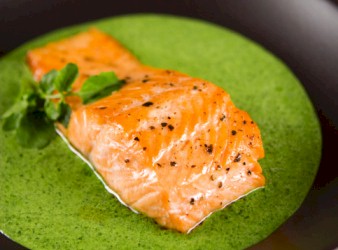
On average, it takes five pounds of fish meal to produce just one pound of farmed fish. This puts a heavy strain on wild fish populations. And it also makes farmed fish a highly concentrated source of cancer-causing chemicals called polychlorinated biphenyls (PCBs).
PCBs are fat-soluble, which allows these chemicals to be absorbed into the fat and skin of farmed fish where they concentrate over time. Then we eat a dinner of farmed-raised fish and these toxins begin to “bio-accumulate” in us – becoming trapped in our fat cells and sending out powerful hormonal signals for years to come.
And speaking of fat…
We have always been told that the fat found in fish is heart-healthy. But that is not the case with farmed fish. Because most farmed fish are raised on a diet of corn, soy and grain, they contain high levels of inflammation-promoting omega-6 fats and much lower levels of omega-3s than their wild counterparts.
And it’s not just the PCBs and unhealthy fats we have to worry about when we eat farmed fish.
In commercial fish farms, tens of thousands of fish are packed into pens that are just 30 to 300 meters across. These cramped quarters become a breeding ground for disease. And that leaves the cesspool CEOs no choice but to administer antibiotics and harsh chemicals to the feed and water.

Here are the six main reasons why you should avoid farm raised fish:
#1: Polycholrylbiphenyls (PCBs)
Polychlorlybiphenyls (PCBs) are powerful hormone-disrupting chemicals that have been linked to diabetes, obesity, cancer and reproductive problems. These chemicals can change the way your genes operate and they have been shown to directly suppress thyroid hormones (the epidemic of hypothyroidism now affects 59 million Americans).
If you’re eating farmed fish, you’re getting a big dose of these potent chemicals. And the problems they can cause are quite serious:
- A study published in Diabetes Care found that people getting the most PCBs and other persistent organic pollutants were almost 3,800% more likely to have diabetes
- Infants and children with higher PCB exposures during development can experience neurological dysfunction, decreased IQ scores and reduced hearing.
- Fish consumption data shows that 800,000 U.S. adults eat enough PCBs from farmed salmon to exceed the allowable lifetime cancer risk 100 times over!
These hormonal hellions accumulate inside your fat cells and drip out their agenda over a long period of time. In fact, the PCBs you eat today will stay in your body until 2025!
Jane Houlihan, president of the Environmental Working Group says of aquaculture:
“When Congress banned PCBs in 1976, no one contemplated that 20-odd years later we would have invented a new industry that re-concentrates these toxins in our bodies.”
And the situation is only getting worse with more and more fish farms cropping up across the globe – especially in China, which now produces nearly 80% of the world supply of farmed seafood.
The amount of fish imported from that country is rising, despite China’s history of violations for veterinary drug residues.7 And don’t expect the FDA to protect you.
A report by Food & Water Watch, showed that in 2006 the agency visually inspected less than 2% of the 860,000 imported seafood shipments. Less than 1% were actually tested for contaminants.
#2 Polluted Living Conditions
“Our waters here are filthy,” said Ye Chao, a fish farmer who has 20 giant ponds in western Fuqing. “There are simply too many aquaculture farms in this area. They’re all discharging water here, fouling up other farms.”
So how do Chinese fish farmers cope with toxic waters? They mix a concoction of illegal veterinary drugs, antibiotics and pesticides into the fish feed, packing even more poisons into these fish that end up on dinner tables across the world.
Not only is China the world’s largest exporter of seafood, it is also the leader in the amount of seafood that is refused due to contamination.
#3: Artificial Coloring: Dying for Fish?
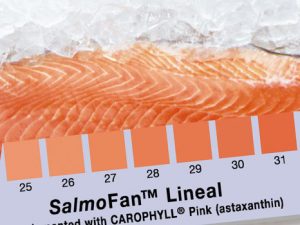
Some fish farmers actually add coloring agents to their fish feed. Consider salmon, for example. In the wild, salmon dine on krill. These tiny shrimp-like creatures are packed with astaxanthin (pronounced asta-Zan-thin) – one of the most powerful antioxidants ever discovered. This is the nutrient responsible for the beautiful red-orange color of wild salmon.
But without the krill in their diet, farmed salmon are an unappetizing gray color. And who would eat gray fish?
So, salmon farmers fix the problem by “color-finishing” their fish. They can even choose the shade they want, using a dye that is derived from petrochemicals, yeast and corn byproducts, or by utilizing E. coli.
And if you haven’t had a round of antibiotics lately…
#4: Antibiotics
Lice and disease spread rapidly in the enclosures, so fish farmers are forced to add antibiotics and other chemicals. In fact, farmed salmon are administered more antibiotics by weight than any other form of livestock.
Consuming antibiotic-pumped animal foods increases the risk of antibiotic resistance, allergies, digestive problems and auto immune diseases. And unfortunately this fish tale isn’t quite over yet…
#5: Inflammatory Fats
The primary reason cardiologists recommend we “eat more fish” is because of the heart-healthy omega-3 fats they provide. But if you’re eating farmed fish, you’re in for a bait and switch!
In fact, a Wake Forest study found that farm-raised tilapia has very low levels of beneficial omega-3 fatty acids and, perhaps worse, very high levels of inflammation-promoting omega-6 fatty acids.
Dr. Floyd Chilton, a professor of physiology and pharmacology and the director of the Wake Forest Center for Botanical Lipids said:
“For individuals who are eating fish as a method to control inflammatory diseases such as heart disease, it is clear from these numbers that tilapia is not a good choice.”
Given that the information you have just learned is so readily accessible, you might think that leading health sites and publications would do their research before recommending farmed fish?
Unfortunately, Prevention.com, Eating Well, Cooking Light, the American Heart Association and many other “consumer health advocates” actively promote tilapia and other farm-raised fish on their websites.
When it comes to most publications, they will do anything to avoid offending their advertisers. And that means, even if their mandate is to protect your health, their advertisers come first. They will ignore the harmful effects and throw their hands in the air saying: “Well, it hasn’t been proven harmful”.
But at Healing Gourmet our commitment is to you.
With anything we recommend, we first ask: “Was it proven safe?”
And in most cases – with fish farms and factory-made meats, pharmaceutical drugs, genetically-modified foods, and the thousands of chemicals we come into contact with on a daily basis – the answer is a resounding NO!
Man has been eating for many millennia, and only in the last 100 years have we started “messing with Mother Nature”. The effects on human health (and on our environment) are undeniable.
Which brings us to the final reason you should avoid farmed fish at all costs.
#6: Sustainability
While you might envision fish farms as pools that are completely segregated from the environment, most are connected directly to oceans and rivers. Not only does this mean that the many chemicals added to these pools trickle out, but that the fish often do too.
Farm-raised fish can spread disease to wild species and reduce the survival of offspring. Not only does this harm the gene pool of wild populations, it disrupts the ecosystems around it too.
Fish farming and overfishing are the main contributors to the destruction of our oceans and the decimation of thousands of species In fact, 29% of the seafood species we consume have already crashed. And if the trend continues, there will be little or no seafood available by 2048, according to a recent study published in Science.
This means no more seafood dinners. More importantly, it means the extinction of thousands of species of sea animals and the death of our oceans. The health and the survival of our oceans and the seafood we love are inextricably linked.
But it’s not too late, according to Boris Worm, leader of the study published in Science,who says:
It’s time to make a change – not only for your health, but for the health of our planet.
And Healing Gourmet makes it easy by taking unsustainable, contaminated fish off the menu including:
|
|
Here at Healing Gourmet you will find only the most sustainable, clean seafood including:
|
|
Wild, sustainable, uncontaminated seafood is one of the healthiest things you can put on your plate. But unfortunately, most of us have been baited and switched with toxic farmed fish.
The next time you’re faced with a piece of farmed fish remember what’s lurking beneath the surface: hormone-disrupting PCBs, illegal veterinary drugs, antibiotics, pesticides, artificial coloring agents, and unhealthy fats.
Not only will you do your body a big favor when you pass it up, but the oceans and marine life as well.
Healing Gourmet is here to help you. On our website and in every meal plan we provide, you will find only safe, sustainable seafood recipes.
And when you go shopping, be sure to look for the following information on the label:
- Wild: By law, all fish must be marked wild or farm-raised. Always choose wild.
- Country of Origin (COOL): This information is also required by law on fish packaging. Avoid fish from China and Thailand, most of which are farmed.
- Marine Stewardship Certified (MSC): This certification lets you know the fishery is in accord with sustainability standards. Look for the blue MSC label in the shape of a fish on the package.
You may be interested in: A Dirty Secret about the “Gateway” Meat
How to Protect Your Family from Lead Exposure
Great Sources for Sustainable Seafood
The good news is that you don’t have to go on a treasure hunt or spend a fortune to get your hands on delicious, sustainable seafood. In fact, you can find some of the tastiest wild, MSC-certified seafood at your local superstore and discount warehouses, as well as direct from seafood purveyors.
Here are three great sources:
- Target: Wild Sockeye Salmon, Wild Shrimp, Spiny Lobster, Key West Rock Shrimp, Snow Crab
- Costco: Wild Sockeye Salmon, Wild Pacific Salmon
- Vital Choice: Black Cod (Sablefish), Wild Salmon, Clams, Mussels, Shrimp, Sardines and many more.
Every meal matters. Make a commitment today to choose ONLY wild and sustainable seafood. You’ll help to protect the environment… and your health too!
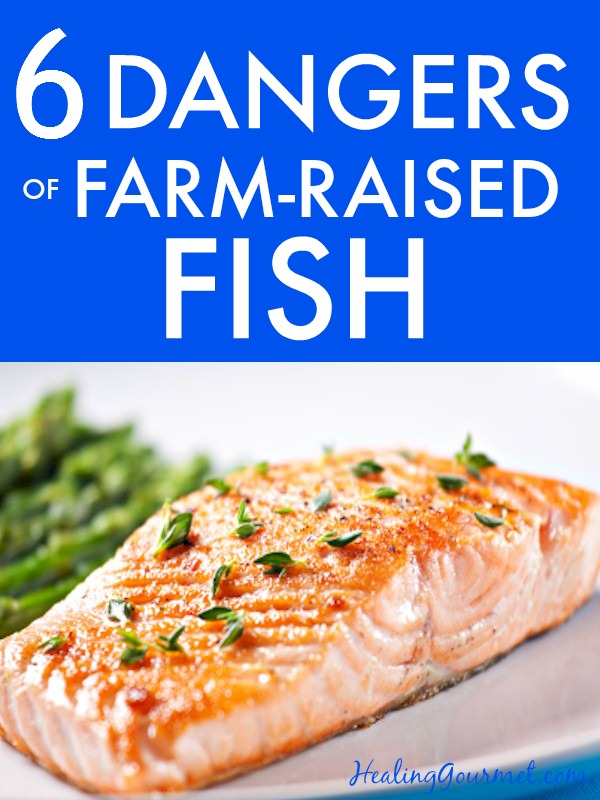
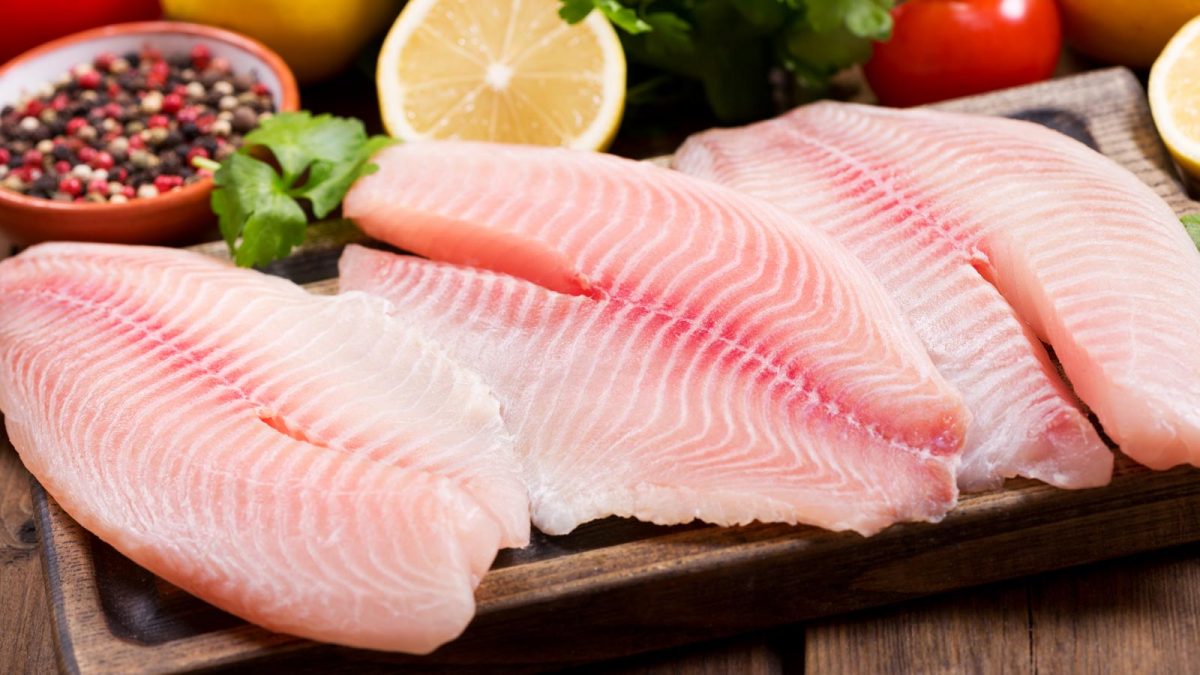
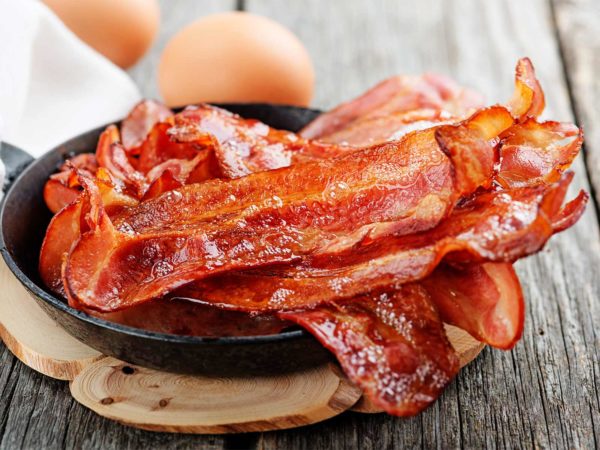
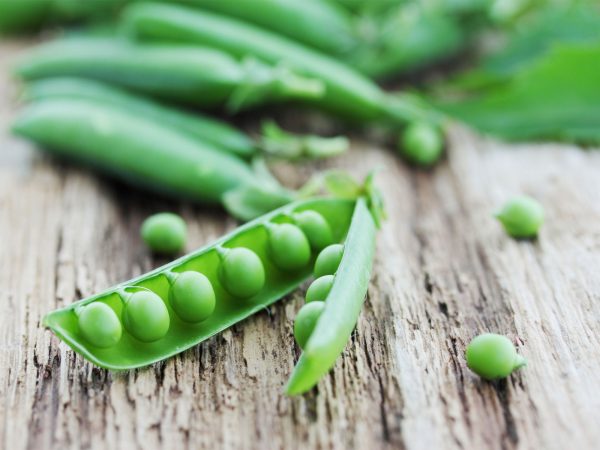
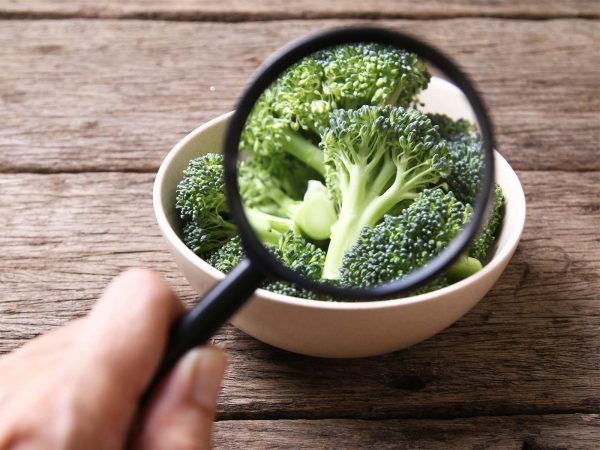
Is Canadian flounder ok?
But the BIG question is… Are the oceans and rivers capable of sustaining fishing on the scale we currently are? My thoughts are NO, can we perhaps come up with a more healthy way of farming fish? YES more than likely if we’ve managed to farm almost every other food we eat then fish should be next and has to be next to sustain the oceans and rivers for years to come, I am not an environmentalist, I’m a chef and keen fisherman, something needs to change before the oceans are empty. Wild fish cannot support the demand placed on them, If you cannot see this then you should have a look at your local shops shelves, that’s not the only shop in the world there a billions with the same products on the shelves… How can fish possibly keep up with demand without farming?
The oceans fish populations are depleting so fast that if something isn’t done to stop it, there will be no fish left in the oceans within the next 30 years. A world where fish farming could be eliminated might be ideal, but fish farming is actually the most sustainable way to produce fish meat or any other meat for that matter (Less waste, less carbon emissions etc). The problems listed in this article can corrected with tighter regulation. Tighter regulations and increased fish farming around the world are actually the best ways to accommodate the changes we are seeing in fish populations around the globe.
This is a well written article, a shame you don’t have sources cited! Also, the only links you have are to information on your own site. When I’m looking for a source of information I can trust I’m looking for someone who shares their sources and doesn’t just link back to themselves.
Dawn,
We always use references. The references for this article are under “References” at the bottom of the article. Click it and you will see the eight citations listed.
Kelley